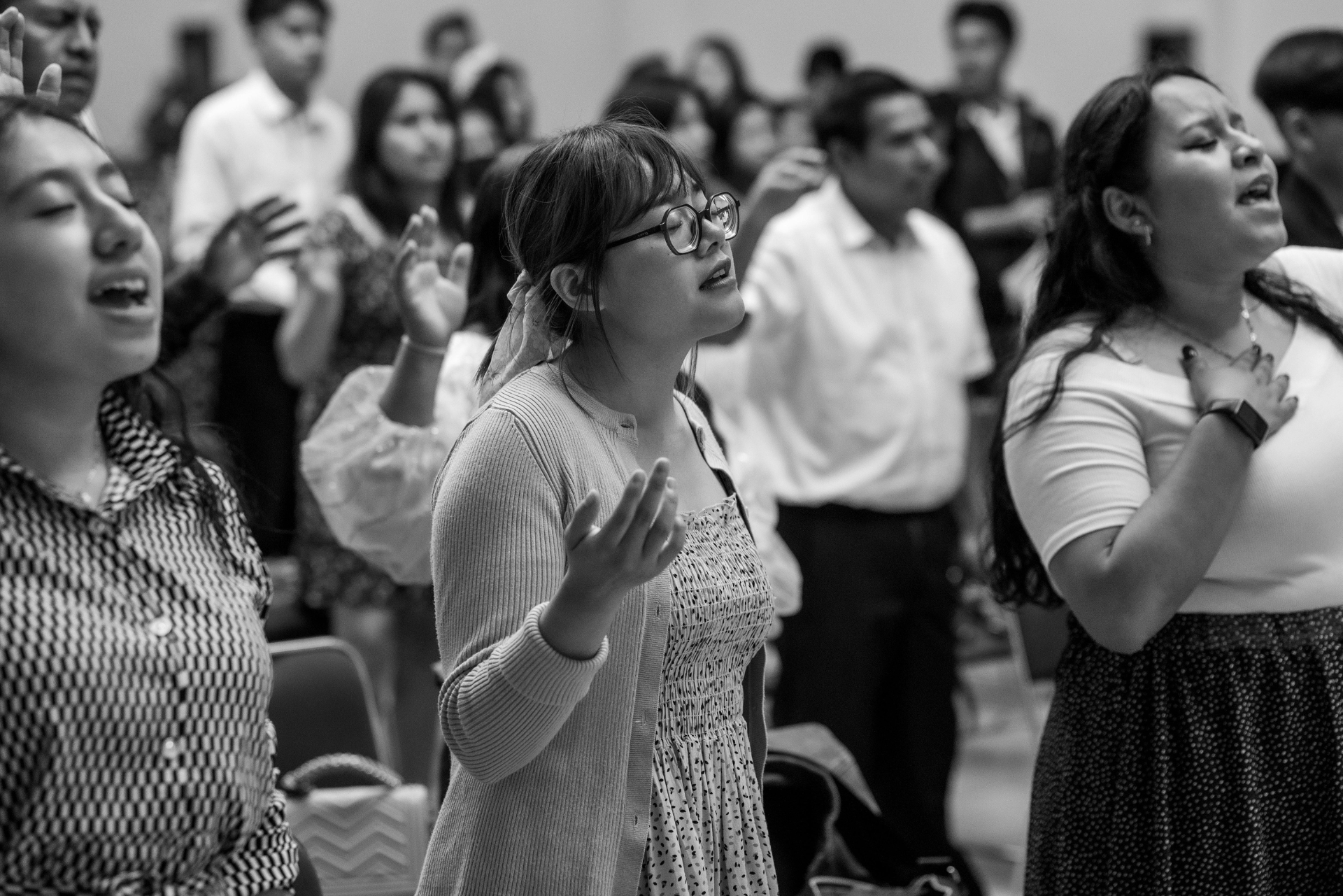From Lost to Known: Why Every Church Needs a Re-Engagement Strategy
Last week, we shared how lapsed givers are often disconnected people—not just financially, but relationally and spiritually. When giving drops off, it's often a deeper signal: I feel unseen. I’m unsure if I still belong.
This week, we’re asking the next crucial question:
Once you recognize disengagement—what do you do about it?
Recognition is important. But without a strategy for re-engagement, even the most insightful data won’t lead to meaningful change.
Most Churches Don’t Have a Disengagement Problem—They Have a Gap in their Follow-Up
When people drift, they’re rarely making a dramatic exit.
> They’re quietly checking out, hoping someone notices.
The good news?
> They’re not necessarily gone for good. Many are simply waiting for a sign that someone cares enough to reach out.
The difference between a returning attender and giver and a permanently disconnected one often comes down to this: Did someone follow up?
Building a Re-Engagement Strategy: 3 Essential Components
A healthy re-engagement strategy is not complicated—but it does require consistency and intentionality.
1. Relational Follow-Up
Train your team—staff and lay leaders—to check in relationally, not transactionally. This isn’t about “reengaging them as a giver”—it’s about pastoral care and reconnecting with them relationaly.
2. Vision Reconnection
People give when they see where the church is going and how they fit in. If they’ve lost sight of that, help them rediscover, and engage with the church’s vision and mission in a personal way.
3. Pastoral Sensitivity
Not everyone is going to re-engage right away. That’s okay. Continue to care for them. Be patient. Create space for listening, prayer, and safe conversation. This builds trust and opens the door for reengagement when the time is right.. But again, our primary goal is not re engagement in these cases. Our primary goal is pastoral care and our secondary goal is reengagement.
From Strategy to Culture
At Elevate Group, we help churches grow their generosity and stewardship culture in a variety of ways. One of those is a more intentional data-driven approach to pastoral care. By focusing on relationships first, generosity and stewardship become less about the dollars and more about first discipling people into a life of genuine biblical generosity and stewardship.
It’s not about chasing dollars.
It’s about valuing people, nurturing spiritual growth, and maintaining, growing, and protecting relationships with our people. When people feel known, heard, spiritually supported, and cared for, generosity follows.
Your Next Step: Make Reconnection Intentional
Last week, we invited you to look closer at what lapses in giving might be telling you. This week, we’re giving you the tools to respond.
👉 Read last week's blog here: Reconnecting with Disengaged Givers: The Overlooked Key to Church Growth
👉 Explore Discovery Day – Our practical on-site strategy session to help churches build cultures of care and generosity.
🎙️ Don’t Miss the May 21st Webinar
Join Chris Willard (Elevate Group) and Bill Woolsey (FiveTwo) for a free, live webinar: Growing a Culture of Generosity and Stewardship in Your Church
We’ll explore how to turn connection into commitment and generosity into lasting impact.
📅 Wednesday, May 21st ⏰ 1 PM Eastern | 12 PM Central
🔗 Register here: https://www.elevategroup.us/is-generosity-a-struggle-or-a-strength-in-your-church



